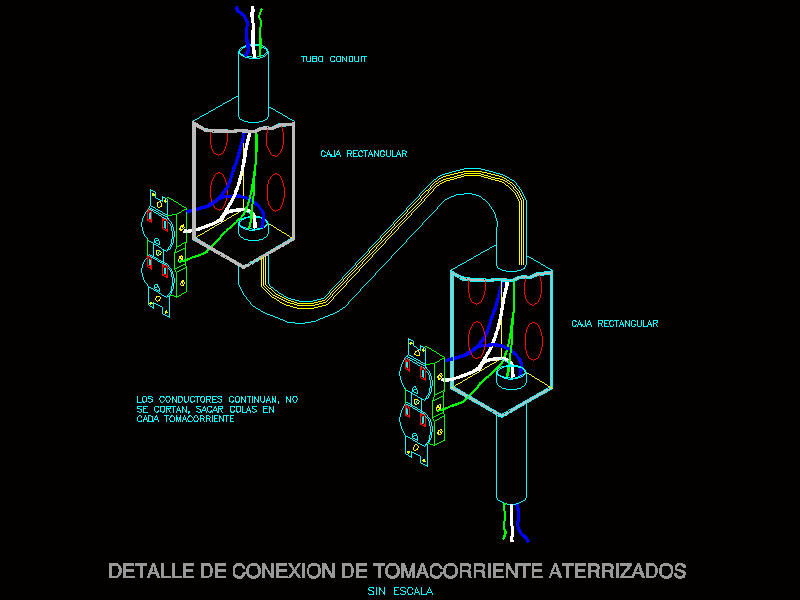

What does this mean for energy monitoring?Ī single-user interface must be able to collate information from various types of energy meters/equipment.

The energy data gathered from this equipment must now be centralised onto the same single monitoring user interface as the rest of the loads on site. New criteria in Section J9D3 ‘Energy monitoring’ now require the recording of individual time of energy data use for on-site renewable energy equipment, electric vehicle charging and battery systems. This also necessitated the addition of requirements for monitoring additional load. This new section adds requirements for electric vehicle charging equipment, solar panels and battery systems within buildings. In this iteration of the NCC, Section J8 ‘Facilities for energy monitoring’ has been moved to Section J9 and renamed ‘Energy monitoring and on-site distribution of energy resources.’ Its purpose is to outline the minimum performance-based requirements for a new and refurbished building’s safety, accessibility, health, amenity and sustainability. The Australian Building Codes Board produces and maintains the NCC on behalf of the Australian Government and each state and territory government. It is that time again – the new National Construction Code 2022 will come into full effect in May 2023, which includes new requirements for renewable energy equipment, electric vehicle charging and battery systems.


 0 kommentar(er)
0 kommentar(er)
